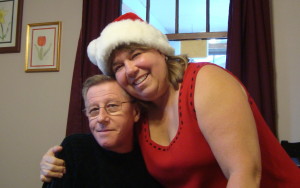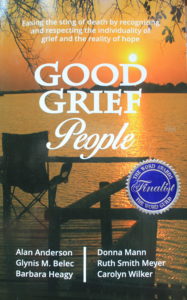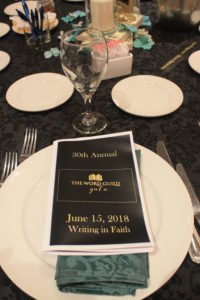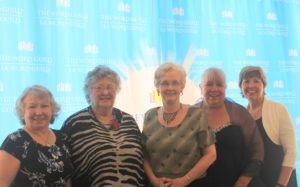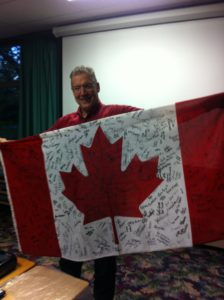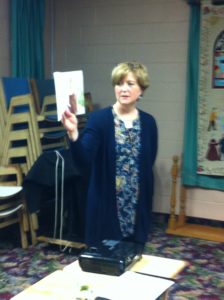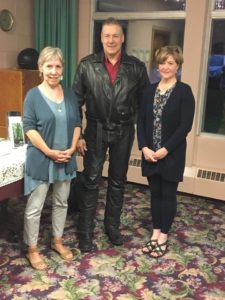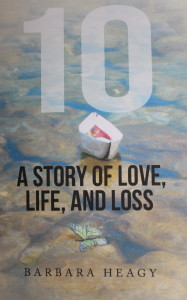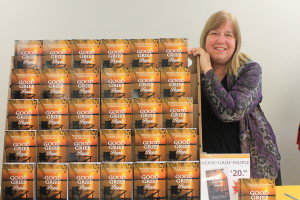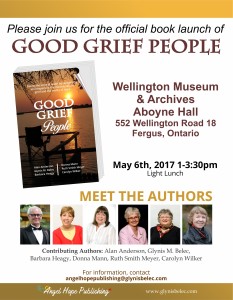December 11, 2018, was the anniversary of Tom, my beloved husband’s death. Eight years ago, he passed away into another world. Facebook, my main social media site, has a feature that takes you back on your timeline with each passing day. You are able to see what you did and said on December 11 from 2008, 2009, and so on. I was able to trace my life for the weeks and days preceding Tom’s death. I could see all the things that were happening and my comments on them, and I couldn’t help but think over and over again, If I only knew that one week later, three days later, Tom would be dead. It put a very different perspective on life for me. We just never know, do we, what life will bring. It reminded me even more to live each day fully, with zest. This is the main theme of my book, our story, in 10 – A Story of Love, Life, and Loss that I published after Tom’s death. His death and the grief over the subsequent years has taught me much about living a full life.
Grief has softened me. Not at first. First I felt raw and torn, laid open like a jagged wound. But with time that has healed and in the opening of that wound, deep in my gut, I have come to recognize a soft, vulnerable place. And I mean I physically feel it that way. There used to be a hole, a place where the pain of losing Tom and never having him in my life again sat like a dark cavern. It has been replaced. Now there is a fullness filling that empty hole, a soft spot, almost like the yolk inside an egg. It sits in the same place, never forgetting, but always accepting. Tom’s death took away a piece of my soul, but left behind a soft, accepting centre of love and gratitude. It may be delicate, but it’s not weak. In its softness is strength, courage, empathy. It’s pliable, secure, and forgiving.
Reading Mark Nepo’s , The Book of Awakening, I came across this passage. He seems to know about that soft spot within that comes after deep pain. He writes:
“It leads me to say that if you are unhappy or in pain, nothing will remove those surfaces. But acceptance and a strong heart will crack them like a shell, exposing a soft thing waiting to take form. It glows. I think it is the one spirit we all share.”
Grief has cracked me open, and because I was able to look and experience it full in the face, it has left behind a soft jewel in the centre of my soul.
